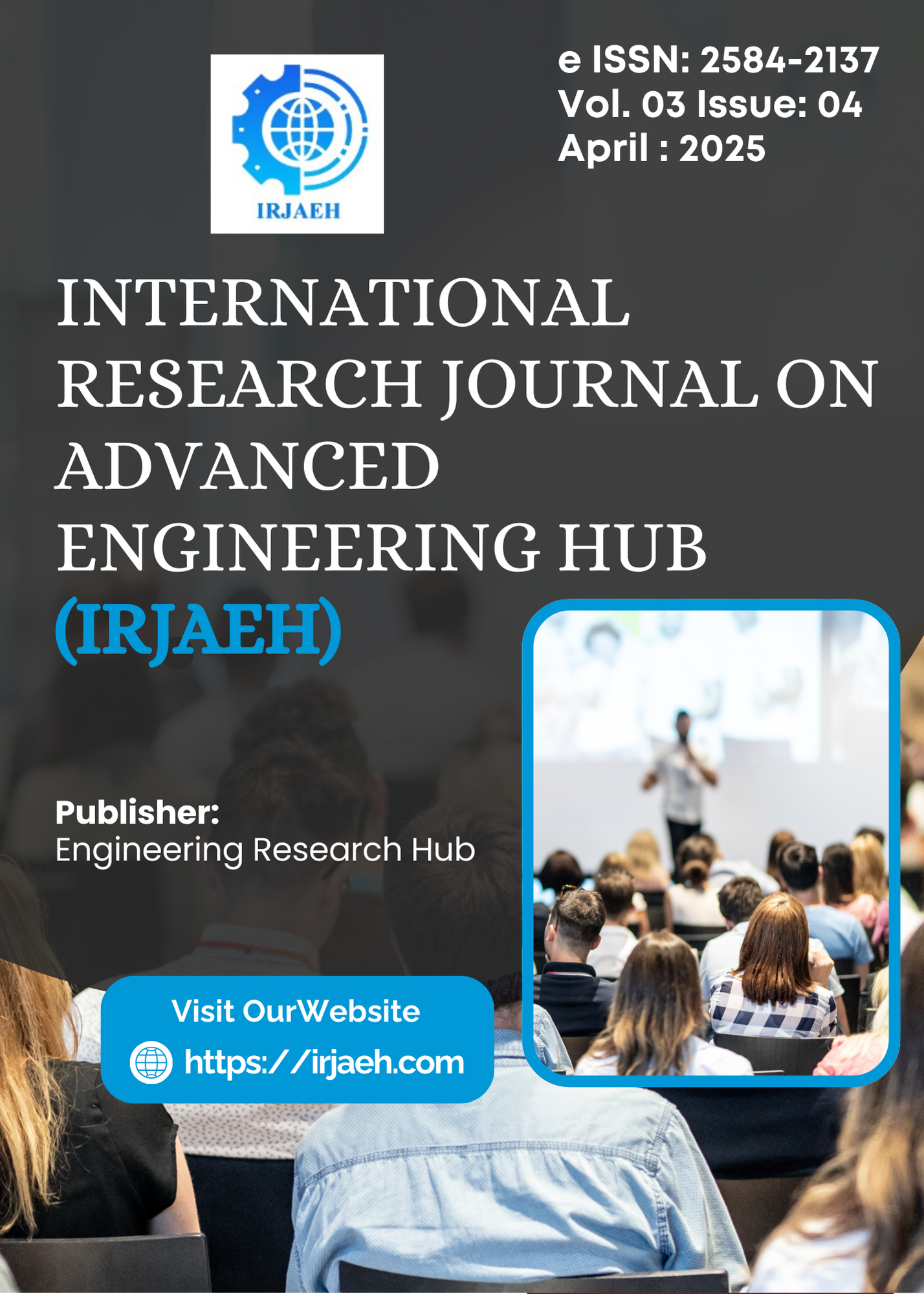Evaluating Classification Performance and Effectiveness of DNA-Based Disease Entry by Machine Learning
DOI:
https://doi.org/10.47392/IRJAEH.2025.0224Keywords:
Decision trees, machine learning, genetic sequences, diagram (tree), overfitting, dna- based illness detection, DNA-based illness detection, gene, deep learning integration, feature selection, dna gene, K-Nearest Neighbours, gaussian naive bayesAbstract
A recent method DNA-based disease identification targeted genetic information to identify and anticipate the occurrence of different diseases. This study investigates the ability of machine learning algorithms to classify DNA sequences associated with medical diseases. We evaluated three classifiers, Gaussian Naive Bayes (GNB), Decision Tree (DT), and K-Nearest Neighbours (KNN), on a DNA sequences dataset. It indicates that KNN is a such reliable DNA sequence classification with just 1 percent more of computational overhead. The ability of KNN to detect local associations in DNA sequence data explains this excellent result. The GNB classifier, which assumes feature independence, achieved a slightly lower accuracy at 98% as compared to the CRF. T h i s assumption did not deter GNB's probabilistic approach from performing considerably well under this classification job. However, the accuracy of the Decision Tree classifier was at a much lower level of 56%, demonstrating its limitations in handling the variety and complexities common with DNA data.
Downloads
Downloads
Published
Issue
Section
License
Copyright (c) 2025 International Research Journal on Advanced Engineering Hub (IRJAEH)

This work is licensed under a Creative Commons Attribution-NonCommercial 4.0 International License.

 .
. 